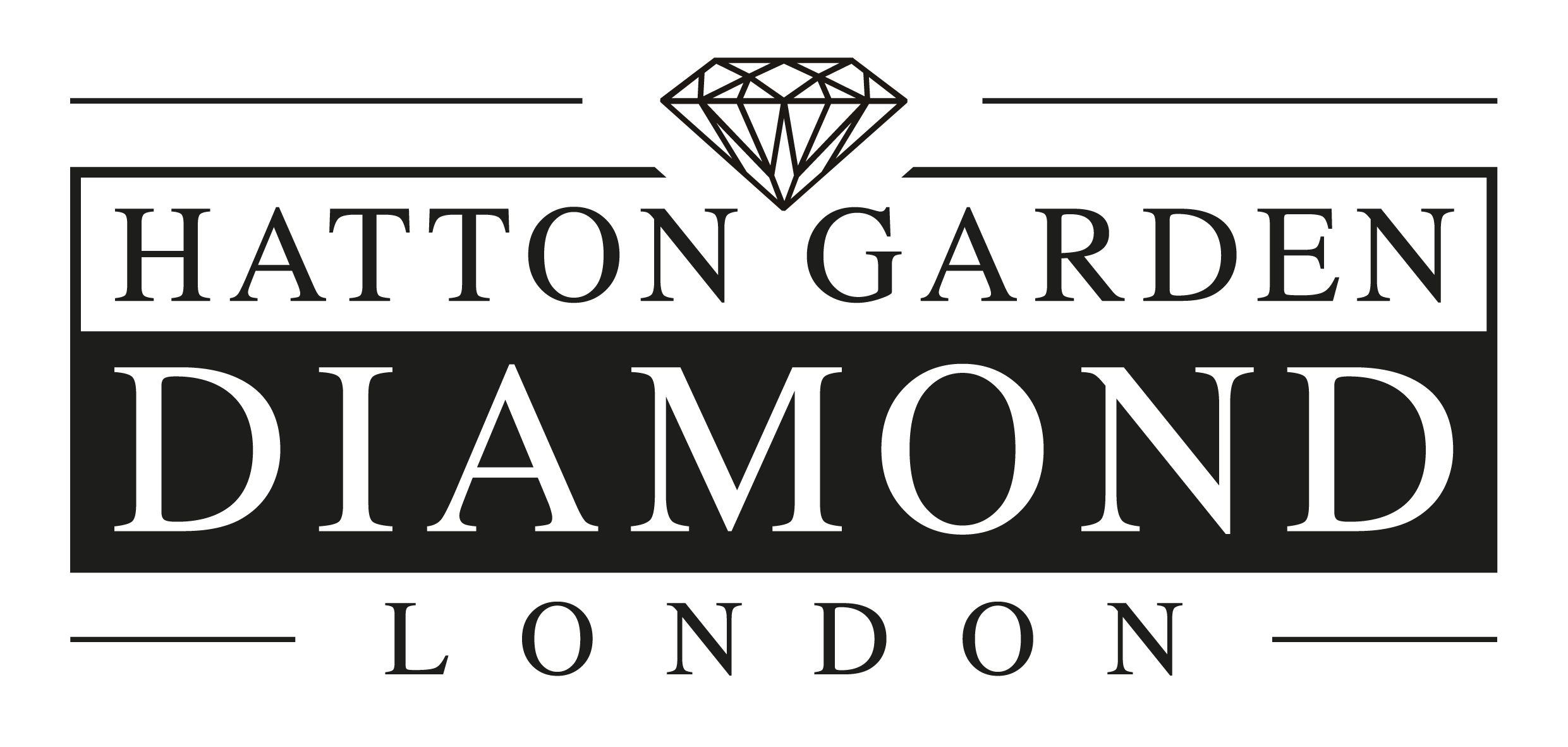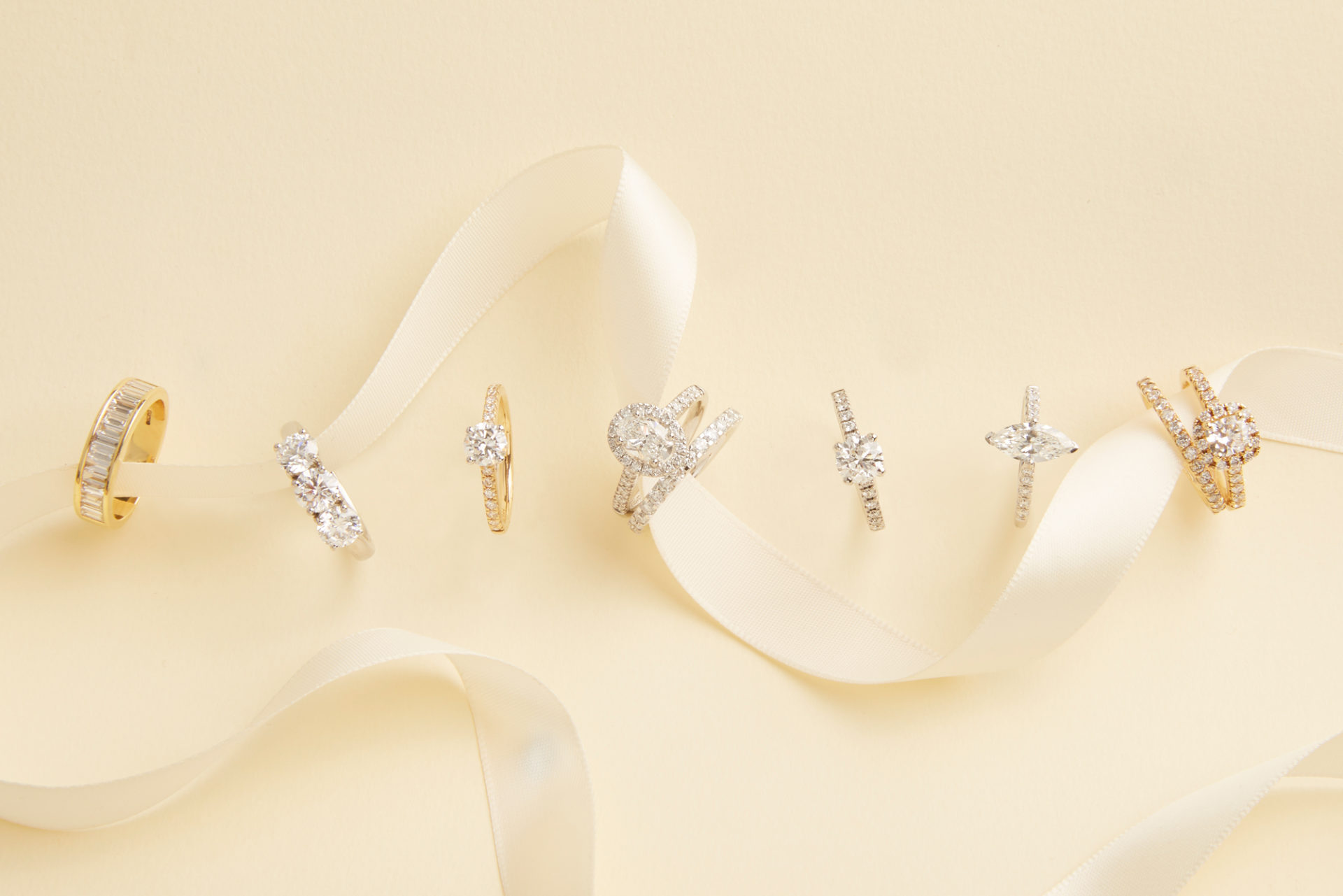Diamonds
Different Types Of Diamond Cuts
Diamond shape refers to the diamond’s outline shape when seen from top to bottom. Forms like as round, oval, princess, emerald, cushion, heart, marquise, Asscher, pear, trapeze, and baguette are examples of “fancy shapes.” There are numerous variables to consider when selecting the ideal form for your diamond engagement ring: the ring style you like, the shape of your partner’s finger, or just the design that appeals to you. You can get beautiful rings from Hatton Garden Jewellers in all sizes and shapes.
A dazzling round diamond
Because of its high brightness, the round brilliant cut has become one of the most popular diamond shapes. Round brilliant diamonds are cut to maximise brightness, with more than 56 facets reflecting light and projecting a small rainbow, resulting in dazzling sparkle and contrast effects.
Diamond in the princess cut
The princess cut is the most popular fancy diamond because of its contemporary design and brilliance. A princess-cut diamond has sharp edges and is a square modified-brilliant cut. This cut features around 50 V-shaped facets and is well-known for its exceptional fire and brilliance. A princess-cut diamond can seem square or rectangular depending on the aspect ratio.
Diamond with an Emerald cut
Emerald-cut diamonds are in high demand due to their subtle beauty and stunning depth. This octagonal step-cutting tool features parallel rectangular facets, and the gem’s clear colour and cool clarity are enhanced by the broad open table. The emerald shape is perfect for individuals looking for Art Deco engagement ring styles.
Diamond cushion cut
Cushion cut diamonds are also known as “cushion cut diamonds” in the industry. The rounded edges of this square or rectangular cut diamond soften the corners. Cushion cut diamonds are a modern take on the classic round brilliant cut diamond and are an excellent choice for any engagement ring setting.
Diamond in the shape of an oval
The oval form is a sophisticated blend of round brilliant cut and marquise diamonds. This vibrant cutting tool features shimmering cut surfaces that make the light dance and give the appearance of longer fingers. Oval diamonds are a bold and delicate design that is ideal for those who wish to exhibit their uniqueness.
Diamonds in the form of a pear
The pear shape blends round brilliant and marquise-cut designs to create a tapering teardrop with an exceptional light show. The appealing pear shape, like oval and marquise diamonds, elongates the finger, especially when worn with the tip facing the nail.
Diamonds shaped like hearts
Heart-shaped diamonds are traditional symbols of love, and they are cut with a perfect length-to-width ratio to ensure precisely symmetrical curves. The heart-shaped diamond is a wonderful option for the traditional romantic since it is sentimental and as uncommon as real connection.
Diamonds in the Asscher shape
Except that it is square, this one-of-a-kind form is similar to the emerald-cut. This shape’s pavilion is also comparable to an emerald cut, having rectangular facets in the same way.
Diamond with a Radiant Cut
The square radiant resembles a Princess form, but with chopped corners. Because the prongs hide the corners, a square radiant and a Princess appear almost identical once set.
Diamond with a Marquise Cut
The form of a marquise diamond may optimise carat weight, making it appear bigger. This diamond, in my view, looks better with a round or pear-shaped accent. And the marquise’s length makes the fingers look long and thin.
What Is the Difference Between a Diamond Shape and a Diamond Cut?
It is critical to understand that diamond cut and diamond form are not the same thing. The cut of a diamond influences how its facets interact with light. A diamond’s geometric appearance is described by its form. The cut determines the form of a raw diamond, not the other way around.
At Hatton Garden Diamond we pride ourselves on outstanding customer service and superior quality. To discuss your requirements, please contact us on 0207 404 9202

